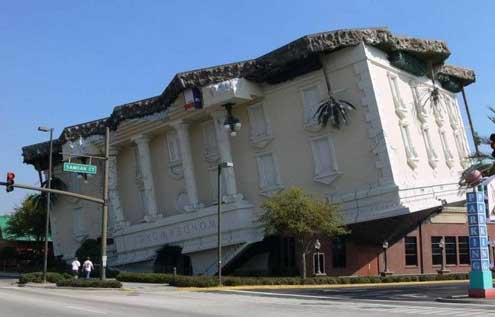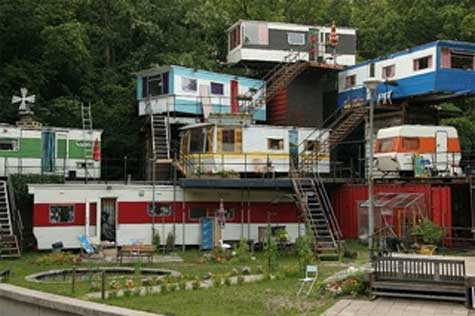
Photo courtesy of http://funpho.com/funny-house/
Despite recent increases, new-home inventories remain near all-time lows and are unlikely to return to their highs any time soon, according to a new analysis by John Burns Real Estate Consulting.
The rise in single-family inventory levels over the last few months bring them back only to 2012 levels. What’s more, the supply of condos continues to be at record lows, with fewer new high-rise developments and condo conversions occurring now than in the mid-2000s, John Burns Consulting says.
From 1984 to 2014, there was an average of 9,900 units on the market. The current inventory is 72 percent below the average of the last 30 years and 79 percent below the average since 1971, Pete Reeb, senior vice president at John Burns Consulting, notes in a recent article for the firm.
Why are new-home inventory levels so low, and why will supply not likely reach the previous highs? John Burns offers the following reasons:
- Decrease in available lots. Los Angeles, Orange County, and San Diego, for example, have less land for large-scale new-home developments than five years ago. Fewer master-planned communities will lead to less supply.
- Fewer overall projects. With fewer projects, there are fewer units coming on to the market. Actively selling community counts are far lower today than 10 or 20 years ago, Reeb notes.
- Lower unit counts. The average total number of units in a project has significantly decreased in the last three decades. For example, in San Diego County, project sizes have dropped from a median size of around 125 units per project in the 1980s to 59 units today. “With fewer units per project, there are less total units to bring to market,” Reeb says.
- Tight construction financing. Lenders now often require builders to have 50 percent to 100 percent of units under contract before releasing funds for the next phase. That has greatly reduced the potential for overbuilding, Reeb says.
Source: “How Much Is Too Much,” John Burns Real Estate Consulting/Building Market Intelligence (Jan. 5, 2015)
Live in Nevada County?
Call or email for a Free Market Analysis of Your Home
John J. O’Dell Realtor® GRI
O’Dell Realty
(530) 263-1091
Email John
BRE#00669941

















